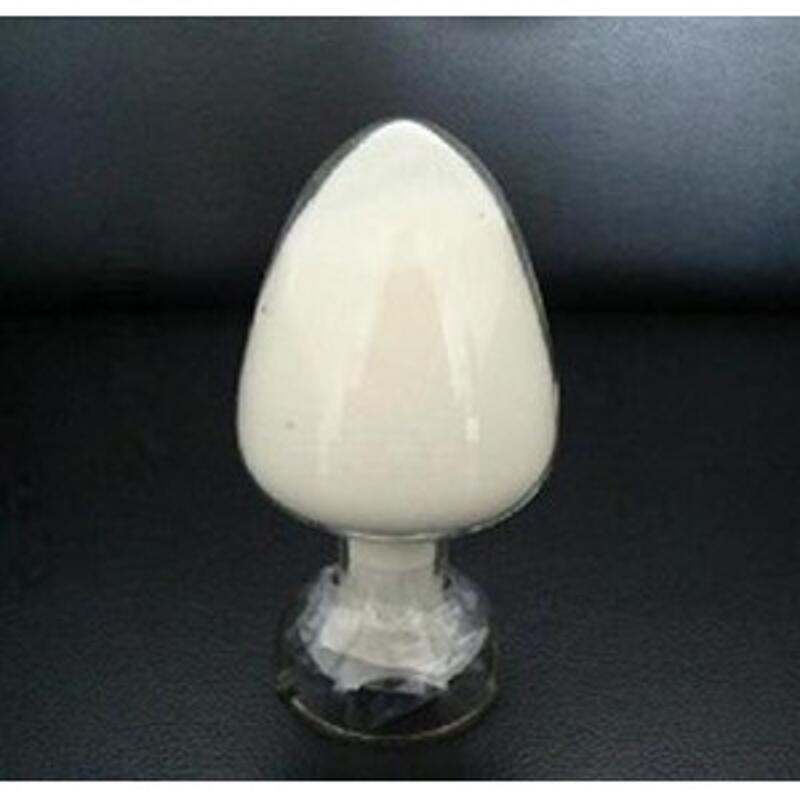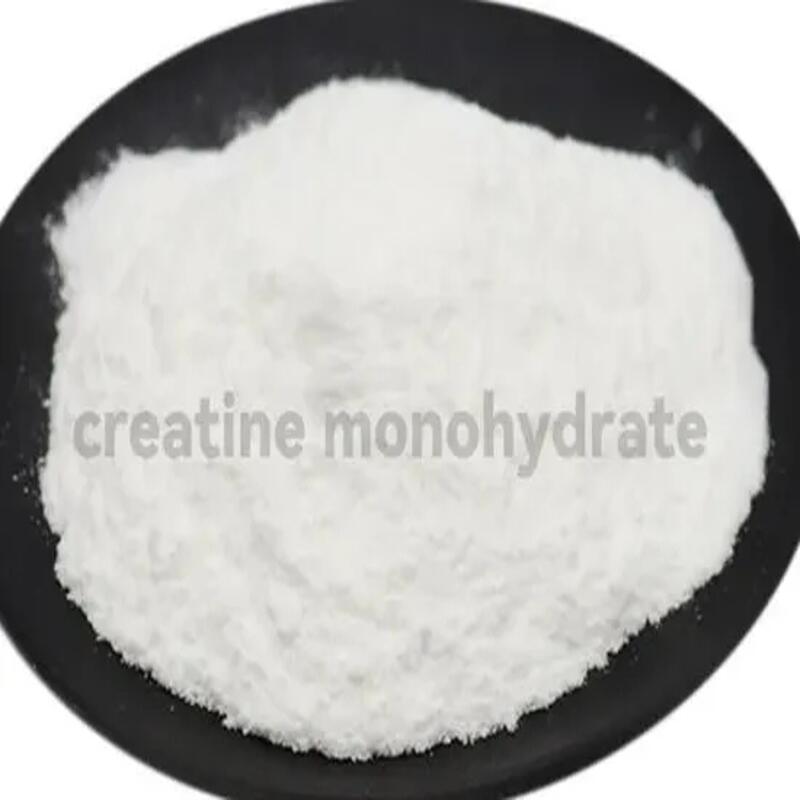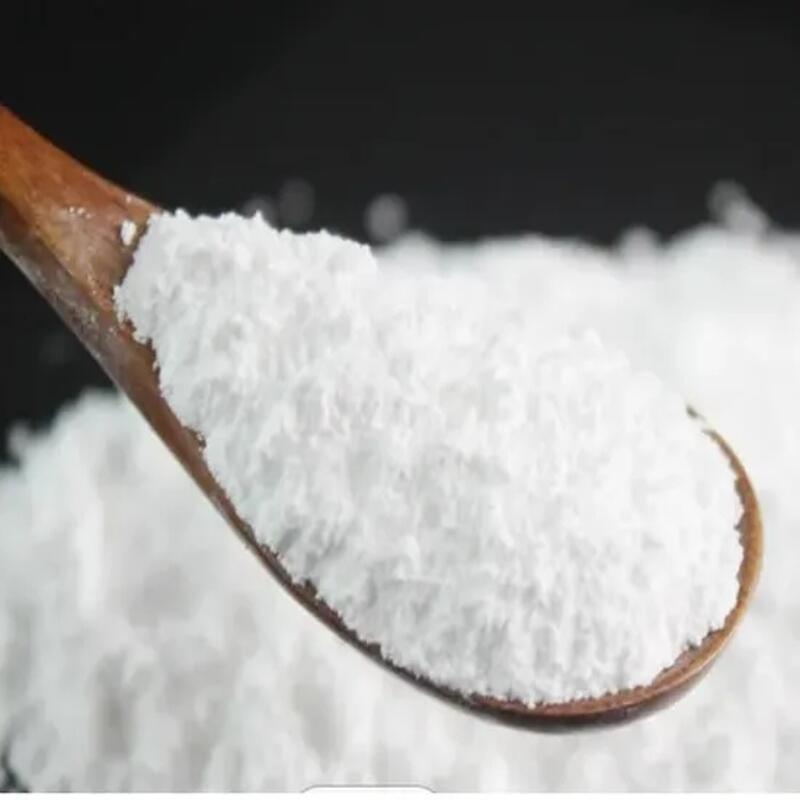-
Categories
-
Pharmaceutical Intermediates
-
Active Pharmaceutical Ingredients
-
Food Additives
- Industrial Coatings
- Agrochemicals
- Dyes and Pigments
- Surfactant
- Flavors and Fragrances
- Chemical Reagents
- Catalyst and Auxiliary
- Natural Products
- Inorganic Chemistry
-
Organic Chemistry
-
Biochemical Engineering
- Analytical Chemistry
-
Cosmetic Ingredient
- Water Treatment Chemical
-
Pharmaceutical Intermediates
Promotion
ECHEMI Mall
Wholesale
Weekly Price
Exhibition
News
-
Trade Service
Recently, the Ministry of Agriculture issued the Announcement No.
2350 of the Ministry of Agriculture of the People’s Republic of China, which approved the release of the latest batch of agricultural industry standards.
The National Fertilizer Quality Supervision and Inspection Center (Beijing) is responsible for the formulation of the "Fertilizer and Soil Conditioner Organic Matter Grading determination" (NY/T2876-2015), "Determination of fertilizer synergist dicyandiamide content" (NY/T2877-2015), "Determination of water-soluble fertilizer polyaspartic acid content" (NY/T2878-2015) And four fertilizer standards such as "Determination of Cobalt and Titanium Content in Water-soluble Fertilizers" (NY/T2879-2015) are listed among them.
The promulgation of these four standards is a key link in the supervision of product quality, and further improves my country's fertilizer technology standard system.
Their implementation will effectively improve the level of fertilizer management services, scientifically guide the production and application of fertilizers, and effectively promote the healthy and orderly development of the fertilizer industry.
.
The standard will be implemented on April 1, 2016.
According to the existing research results, the same amount of organic materials have different degrees of maturity, and the composition and structure of the organic matter are different, and the effects on soil and plants are very different.
The method standard of "Fertilizer and Soil Conditioner Organic Matter Determination" is proposed to systematically solve the problem of incomplete scientific setting of product technical indicators.
The standard stipulates related terms, classification of organic matter, and test methods for easily oxidizable organic matter content, organic matter content, total organic matter content, and ash content.
It is suitable for solid fertilizers and soil conditioning that are processed through fermentation and degradation processes with organic materials as the main raw material.
It is also suitable for non-product solid organic materials such as compost, agricultural waste and fermentation intermediates.
The innovations of the standard are: one is to put forward an indicator of easily oxidizable organic matter that can characterize the degree of degradation of organic materials; the other is to systematically classify the total amount of organic matter and ash content associated with organic matter to clarify their inclusion relationship; and the third is to determine the moisture content.
The measurement is accurate, so as to provide technical means for scientific evaluation of fertilizers, soil conditioners, composts, and fermentation process intermediates that use agricultural organic waste as the main raw material.
The promulgation and implementation of the standards of "Determination of Dicyandiamide Content of Fertilizer Synergist", "Determination of Polyaspartic Acid Content of Water-soluble Fertilizers" and "Determination of Cobalt and Titanium Contents of Water-soluble Fertilizers" filled the gaps in the fertilizer industry in my country and changed Quantitative testing of the fertilizer synergist dicyandiamide, polyaspartic acid, cobalt, and titanium content in water-soluble fertilizers does not have a unified standard.
2350 of the Ministry of Agriculture of the People’s Republic of China, which approved the release of the latest batch of agricultural industry standards.
The National Fertilizer Quality Supervision and Inspection Center (Beijing) is responsible for the formulation of the "Fertilizer and Soil Conditioner Organic Matter Grading determination" (NY/T2876-2015), "Determination of fertilizer synergist dicyandiamide content" (NY/T2877-2015), "Determination of water-soluble fertilizer polyaspartic acid content" (NY/T2878-2015) And four fertilizer standards such as "Determination of Cobalt and Titanium Content in Water-soluble Fertilizers" (NY/T2879-2015) are listed among them.
The promulgation of these four standards is a key link in the supervision of product quality, and further improves my country's fertilizer technology standard system.
Their implementation will effectively improve the level of fertilizer management services, scientifically guide the production and application of fertilizers, and effectively promote the healthy and orderly development of the fertilizer industry.
.
The standard will be implemented on April 1, 2016.
According to the existing research results, the same amount of organic materials have different degrees of maturity, and the composition and structure of the organic matter are different, and the effects on soil and plants are very different.
The method standard of "Fertilizer and Soil Conditioner Organic Matter Determination" is proposed to systematically solve the problem of incomplete scientific setting of product technical indicators.
The standard stipulates related terms, classification of organic matter, and test methods for easily oxidizable organic matter content, organic matter content, total organic matter content, and ash content.
It is suitable for solid fertilizers and soil conditioning that are processed through fermentation and degradation processes with organic materials as the main raw material.
It is also suitable for non-product solid organic materials such as compost, agricultural waste and fermentation intermediates.
The innovations of the standard are: one is to put forward an indicator of easily oxidizable organic matter that can characterize the degree of degradation of organic materials; the other is to systematically classify the total amount of organic matter and ash content associated with organic matter to clarify their inclusion relationship; and the third is to determine the moisture content.
The measurement is accurate, so as to provide technical means for scientific evaluation of fertilizers, soil conditioners, composts, and fermentation process intermediates that use agricultural organic waste as the main raw material.
The promulgation and implementation of the standards of "Determination of Dicyandiamide Content of Fertilizer Synergist", "Determination of Polyaspartic Acid Content of Water-soluble Fertilizers" and "Determination of Cobalt and Titanium Contents of Water-soluble Fertilizers" filled the gaps in the fertilizer industry in my country and changed Quantitative testing of the fertilizer synergist dicyandiamide, polyaspartic acid, cobalt, and titanium content in water-soluble fertilizers does not have a unified standard.







